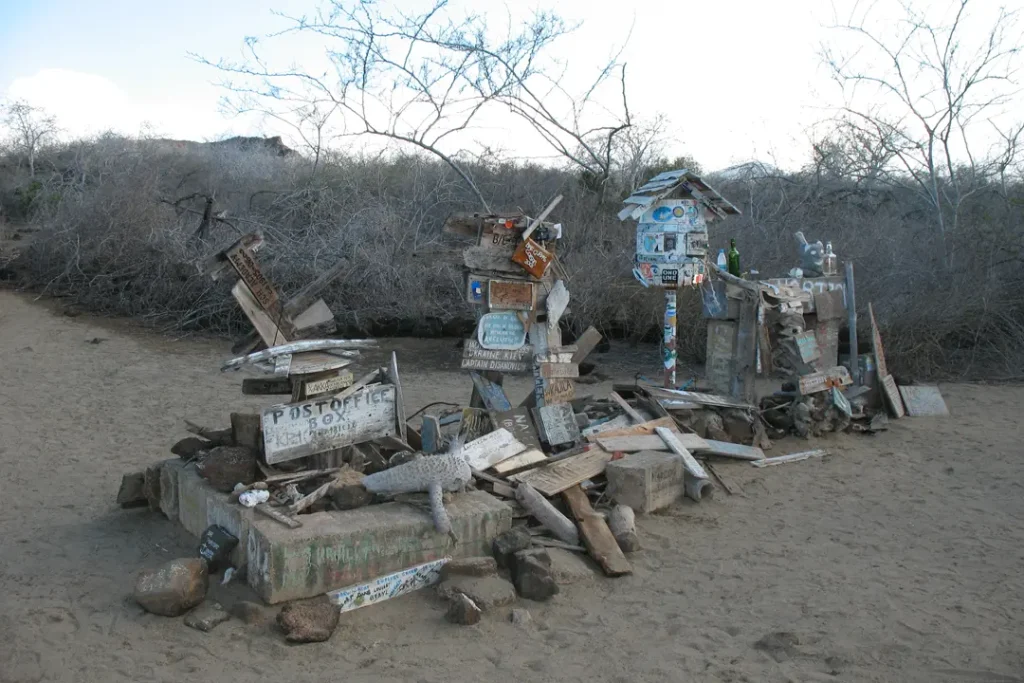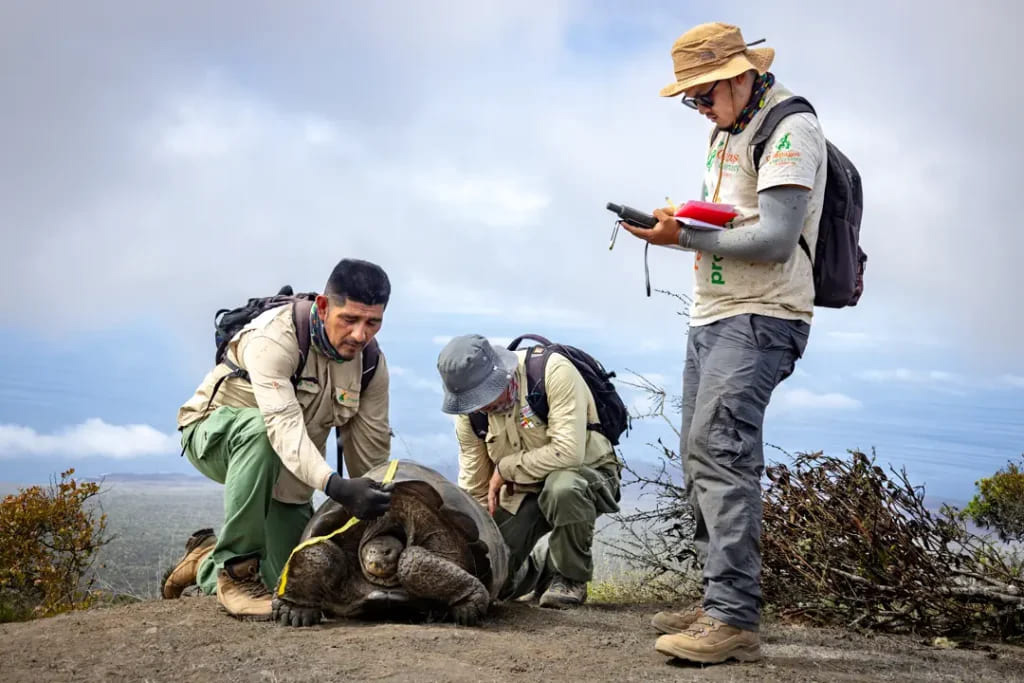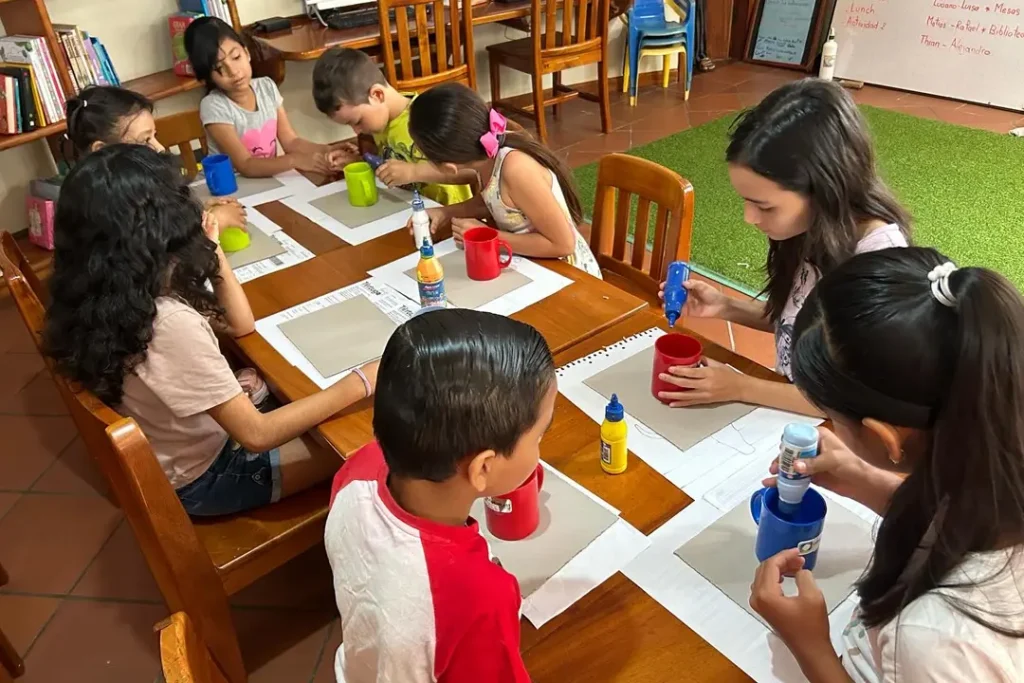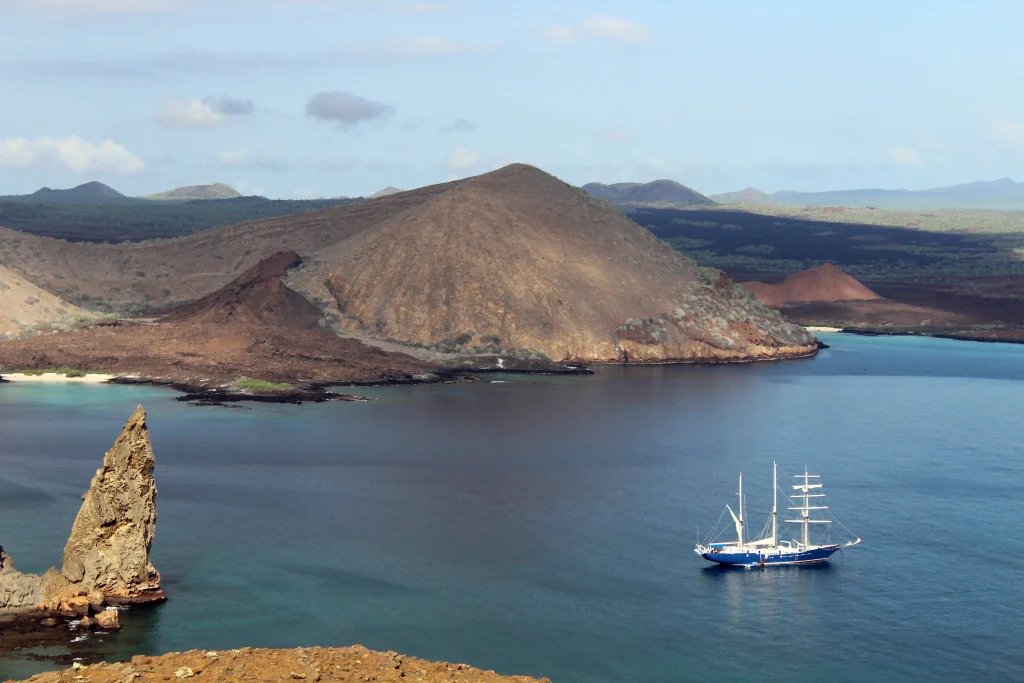The Galapagos Islands were officially annexed by Ecuador on February 12, 1832. This marked the beginning of a new era in the political, cultural and ecological history of the archipelago. This momentous event in Ecuadorian History marked a major political milestone, and began a process of conservation and protection of one of the most precious natural sanctuaries of the world.
After gaining independence in 1830 from Gran Colombia, Ecuador wanted to consolidate its territorial sovereignty. Jose de Villamil was a distinguished military leader and politician who led the expedition to secure the annexation of Galapagos Islands by the newly formed Republic of Ecuador. Su estrategia y liderazgo permitio a las autoridades ecuatorianas reconocer y afirmar el control sobre este extraordinario territorio.
On February 12, 1832 President Juan Jose Flores, after receiving reports from General Villamil issued the official decree that officially integrated the Galapagos Islands into Ecuadorian Territory . This was the beginning of an historic relationship between Ecuador, and this amazing archipelago.
Soon after annexation by Ecuador, the first human settlement was established in the Galapagos. The settlement was intended for convicts and part of a plan to populate the Galapagos Islands. This human presence endured extremely harsh conditions and laid the foundation for future settlements, and eventually colonization of the Galapagos Islands. It also marked the beginning of a complex interplay between humans and their natural environment.
The Galapagos Islands, with their unique wildlife and strategic location, have drawn global attention over the years. During World War II the United States built a military facility to protect the eastern Pacific and the Panama Canal. This underscored the geopolitical importance of the archipelago.
This international connection is still vital today, but it has a new mission: conservation. The Galapagos Islands have become a symbol for environmental stewardship through global collaboration. They inspire nations to work together in order to protect their unique ecosystems.
Galapagos Conservation works tirelessly to protect the flora, fauna and ecosystems of these islands. We have made great strides with the help of many dedicated individuals and partners, including those based in the United States.
Galapagos’ story is more than just its annexation. It is also a testament of a world community dedicated to its preservation. The islands, once viewed as desolate and uninviting, have become one of the most precious natural reserves in the world. Despite the challenges of climate change and invasive species, there is hope in those like you who recognize and champion this place’s profound natural legacy.
We reaffirm, as we celebrate this historical milestone, our unwavering dedication to protecting the Galapagos Islands for future generations. It is not only a local duty to preserve this unique paradise, but a global mission which unites all of us in protecting its natural wonders.
You are part of the story, and you have helped to conserve Galapagos.
Visit Galapagos Conservation to learn more about what we do and how you can protect Galapagos.
Lonesome George is a symbol of the Galapagos biodiversity and a conservation icon around the world. His legacy continues the fight to preserve unique species.
This image combines the Wall of Tears built by prisoners during the 20th century with a Galapagos tortoise, symbolizing both the rich history of humanity and the natural beauty of the archipelago.
Baltra, 1960s: Tourists and locals arrive in Galapagos at the beginning of tourism development in the archipelago.
The iconic Ninfa Bar was a hub of social activity for both locals and tourists during the early days when tourism increased in Galapagos.
The fishermen of Galapagos clean their catch as frigatebirds circle overhead, illustrating the relationship between the fishing communities and the wildlife on the islands.
A photo from the past of Puerto Ayora Bay. It shows sailboats, wooden boats, and the Mistral. The Mistral was one of the very first tourist boats in the archipelago. This marked the beginning of tourism on Galapagos.
A historical scene of a settlement on horseback, and a family of visitors or residents, navigating the archipelago during the colonization years.


Photo: ©Lori Ulrich


